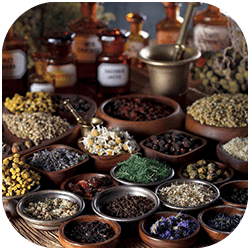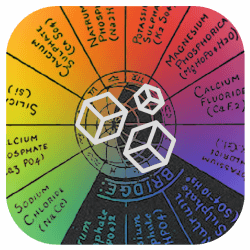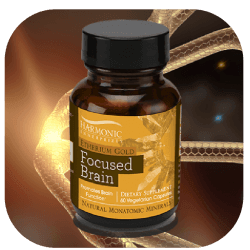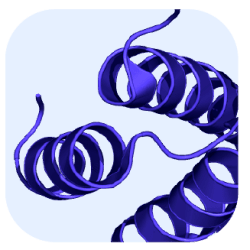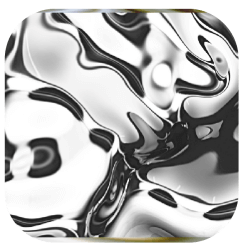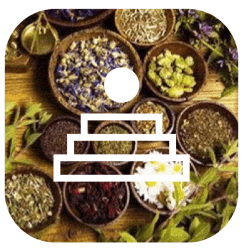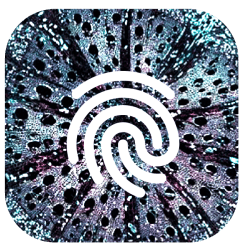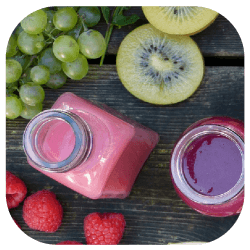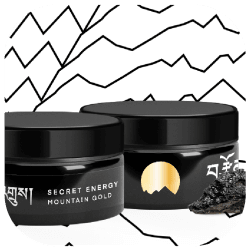A rise in body temperature above 99° Fahrenheit constitutes a fever. Symptoms may include tiredness, weakness, heat of the forehead, and chills. Causes of fever include toxicity, or the flu or a cold, and may be commonly connected with ear infections. The thyroid, pituitary, and hypothalamus malfunction can also contribute to body temperature. The child’s diet may also be the cause of fever.
From the medical perspective, fever is an inappropriate response of the immune system and is treated with antibiotics, cold baths, and cold wet towels. While these may temporarily drop the temperature, they don’t solve the underlying problems. The most common medical solution is to administer Tylenol® which may damage the liver and cause overdosing in children due to the sweet flavorful taste.
From the natural perspective, fevers are the body’s response to accumulated toxins. They are a barometer as to what is going on inside our body. Disease organisms are garbage men just trying to do their job. Help them by facilitating the heat and sweating. Then they multiply the work force and the job is done quicker. Hydrotherapy, homeopathy, cell salts, and herbs can help this.
REMEMBER, WHEN IN DOUBT, SEE A DOCTOR!
In little children the fever can rise to 106° Fahrenheit without problems. For children with high fevers of 105°-106° use sponge baths to bring down fever a degree or two. The biggest challenge is to keep children hydrated. Children that will drink fluids are usually safe using natural methods. “Dry” fevers are dangerous as the child will not drink and this may necessitate going to the doctor.
Of course, fevers treated early are easier to manage. If you feel uncomfortable at any time or the fever is uncontrolled for more than 48 hours check with your doctor. The first thing is prevention by having a clean diet that is free of dairy, simple or refined sugars and fast foods.
Herbs for Children’s Fevers
Herbs are plants valued for their specific strengthening/ tonifying properties.
Using herbs for sweating will help alleviate fever. The following herbs are diaphoretic (help you sweat). They should be served very warm or hot (best served as a tea or in hot lemonade to hide the taste of the herbs). Prepare by making a tea from the herbs or using herbs by dropper full (15 – 20 drops) in the hot lemonade. Wrap the child up warm and let sweat until the fever breaks.
Catnip – diaphoretic, nerves, improves digestion, also for colic and teething
Elder flowers – also reduces tension as well as fever.
Peppermint – use the herb not the oil, improves digestion.
Cell Salts to Help with Children’s Fevers
To make a cell salt solution, put up to 10 tablets of each cell salt in a 16- to 24-ounce bottle; fill with water and swirl to dissolve tablets. Sip throughout the day.
#4 Ferrum phos 6X – at first onset, low to medium fevers
#5 Kali mur 6X – to reduce mucus congestion (cause of fevers in colds)
#6 Kali phos 6X – nerve weakness, stress, looks gray and pasty
#7 Kali sulph 6X – supports detoxification, sweating, acute yellowish coating on tongue
Children’s Fever Homeopathic Remedies
Homeopathic remedies are non-toxic natural medicines safe for everyone including infants and pregnant or nursing women. You may use 6X, 30X, 6C or 30C potencies.
Aconite – high fever after exposure to dry cold or cold winds, when perspiration has been checked by draughts, or from getting wet while heated; thirst; sudden onset. 101-103°
Arnica – fever after wounds or hard physical labor or excessive exercise; feverishness with bruised feeling; desire to lie down; restless; bed feels too hard, thirst while chills.
Belladonna – high fever with no thirst after having the hair cut, riding in a cold wind, going to dances, or other excitement; face bright red and hot; eyes bright and pupils dilated; restless; throbbing headache. 103-106°
Bryonia – fever in rheumatic or irritable individuals, after taking cold or getting heated in summer; profuse perspiration even from slow walking; headache as if the head would burst on stooping; feeling of dry, burning heat inside; desire to keep quiet, worse any movement.
Gelsemium – fevers with weakness and trembling; nervous children; thirstless; chilliness; bursting-pressure headaches, exhaustion after slight effort.
Ignatia – depression and prostration with fever; headache as if a nail in the side of the head; loss of appetite; yawning and sighing especially after grief, bad news, shame or mortification, and for children often having been scolded or punished.
Pulsatilla – changeable fevers; feverishness following an indiscretion of diet as in eating pastry, ice-cream, pork or sausage; worse in warm stuffy rooms; child is weep, whiny and clingy; chills without thirst.
Rhus Tox – fever after getting wet, straining a single muscle, keeping on wet clothes, going for a swim in too cold of water, or sleeping in a damp bed; restless, changing position constantly; stiff and sore.
Source: Dave’s Healing Notes







